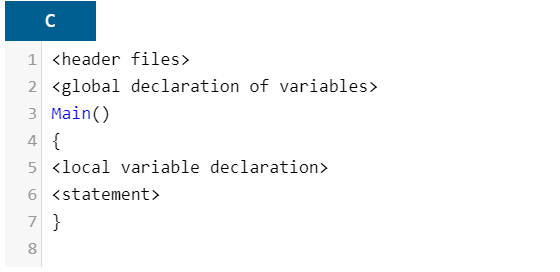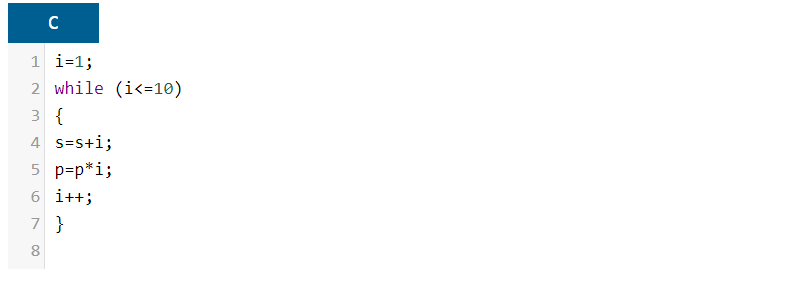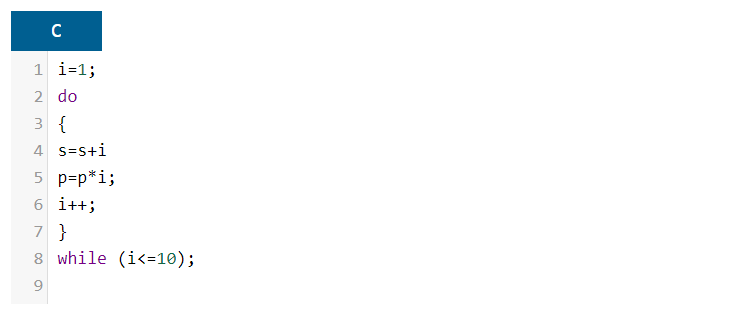Basic Structure of Programming C
In the C language there is no specific method to write a program, C is a case sensitive language, that’s why we must write all statements in small letters as below

Function of printf()
printf ( ) function is used to print or display the values of variable using standard output device. We can write printf () function as below
printf(“string format:, a1,a2);
here a1 and a2 are the two variables, whose values are using to display on the monitor.
And “string format” is a control string which can represents the format specification.
Example:
printf(“\n SUM=%d”, a2);
When this function will run, the SUM will be displayed on a new line because of “\n” and the format specifier is set as Integer type with “%d” and the value of a variable which is stored in “a2” will be displayed on the screen.
Function of scanf()
scanf( ) function is used to read the values of a variable using any standard input device (like keyboard)
scanf(“format string”, &a1, &a2);
here a1 and a2 are two variables, whose values are to be read from input keyboard.
“format string” is a control string which represents the format specification.
And “&” is a symbol to indicate the memory location that where the value is to be stored.
Example:
Scanf(“%d %d”, &a1, &a2);
This scanf() function will read the integer value of variables a1 and a2.
“%d” is a format specifier to get integer value input
And “&a1” “&a2” are the two variables that will receive two integer values from user.
Explain Different types of Loops
Loop control structure is used to execute and repeat a block of statements, there are three types of loop control structures in C programming.
- FOR loop
- WHILE loop
- DO-WHILE loop
FOR Loop
A for loop is used to execute and repeat a block of statement depending on a condition.
For (<initial value>; <condition>; <increment>)
{
<statement block>
}
Here <initial value> is the assignment of expression
<condition> is a logical expression
<increment> is the increment value of the variable
Example:

WHILE loop
A While loop is used to execute and repeat a statement block depending on a condition which is evaluated at the beginning of a loop.
While (<condition>)
{
<statement block>
}
Example:

DO WHILE loop
A Do while loop is used to execute and repeat a statement block depending on a condition which is evaluated at the end of a loop.
Do
{
<statement block>
}
While (<Condition>);
Example:

Explain Macro
Macro substitution is a powerful feature of the C that allows us to define shortcuts or aliases for code snippets.
Macro definition
We define macro using #define directive followed by the macro, a space and the code snippet that servers as its replacement. And no semicolon is needed after the code.
EX: #define PI 3.14159
Macro Usage:
Whenever we use the macro name in our code, the preprocessor replaces it with the defined code snippet during the preprocessor stage.
Example:
float radius =5.0;
float area pi * radius * radius; // PI will be replaced with 3.14159
Macro Expansion:
During preprocessing, the preprocessor scans the code and replaces all occurrences of the macro name with its defined value.
EX:
float radius =5.0;
float area=3.14159*radius; // after macro expansion
